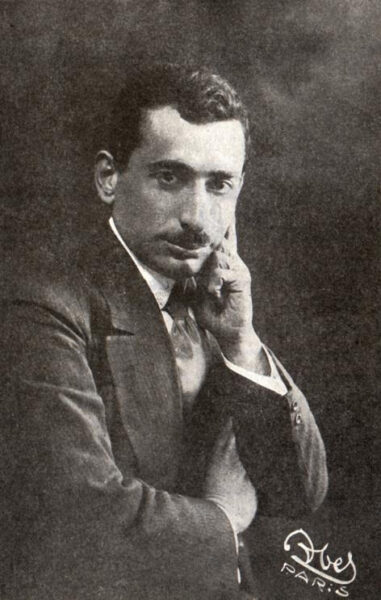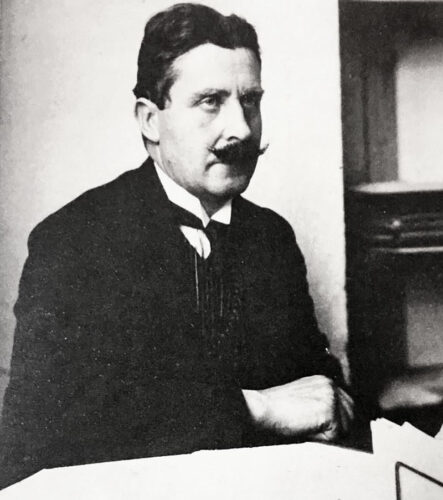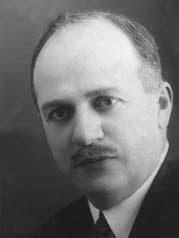FRESNO — Dr. Taner Akçam shared new revelations about the planning of the Armenian Genocide during a lecture at Fresno State University on March 3. Akçam, director of the Armenian Genocide Research Program at the Promise Armenian Institute at UCLA, has discovered new telegrams and validated previously known documents sent by members of the ruling Committee of Union and Progress (CUP, or “Ittihad” – in Turkish, Ittihad ve Terakki Cemiyeti) political party during the First World War which shed new light on how and when the decision was taken to implement a full-scale annihilation of the Ottoman Armenian population.
Conflicting Theories on Intent
Akçam related how some of the leading scholars of the Armenian Genocide have disagreed on the extent to which the Genocide was premeditated. Vahakn Dadrian, known as the father of Armenian Genocide scholarship, and Akçam’s mentor, believed that there was always a long-range goal to eliminate the Armenian people, and the First World War merely gave its perpetrators, CUP, the political party that ran the Ottoman Empire as an authoritarian one-party state from 1913-1918, the pretext and cover to enact their plans.
Other scholars, such as Ronald Suny and Donald Bloxham, have opposed this thesis, arguing that the decision to eliminate the Armenians was taken during the war in connection with the Russian defeat of the Ottoman military at the battle of Sarikamish on the Caucasus Front (January 1915), and the British and Allied assault on Gallipoli (March 1915), beginning a campaign which threatened to capture Constantinople. These scholars have argued that as the Ottomans began to see the Armenian population as an internal threat in a war that they were starting to lose, they resorted to drastic measures.
Akçam stated that both schools of thought were ultimately based on speculation, as there was not enough evidence at the time to really understand the development of the CUP’s “Final Solution.” While the evidence clearly pointed to genocidal intent and state-sponsored extermination, when and how the plan was decided upon was unclear, and scholars would make suppositions based on circumstantial historical facts, (i.e. “Enver Pasha blamed the Armenians for the defeat at Sarikamish.”)
With newly discovered and/or verified telegrams from the Ottoman Archives, Akçam revealed new insights as to how the atrocities unfolded, which challenged some of the accepted historical assumptions.












